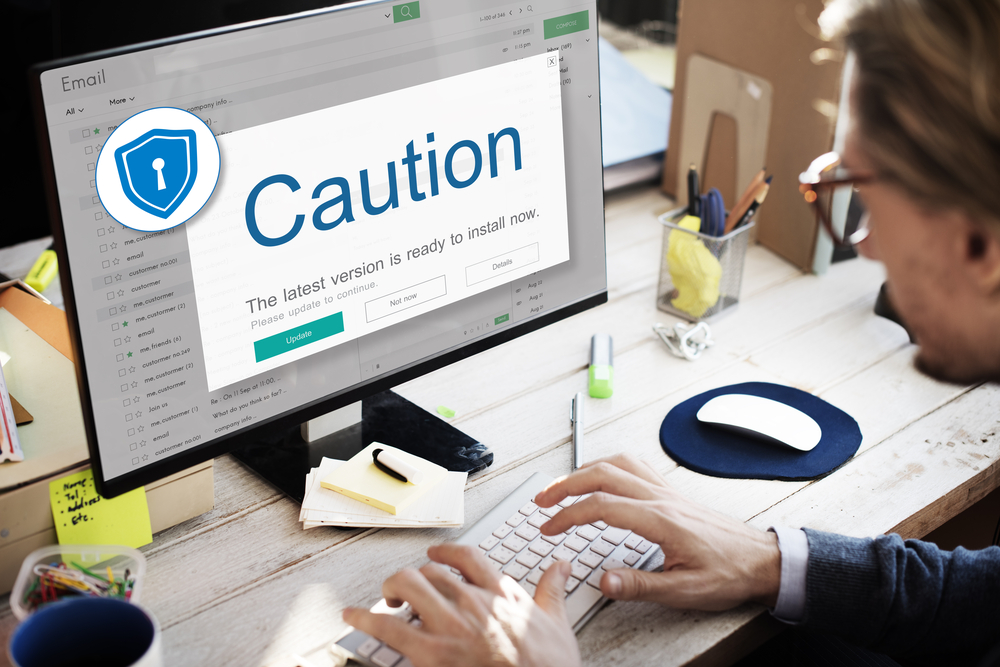Comprehensive Guide to Mobile App Security: Understanding Risks and Protecting Your Data
Explore the comprehensive landscape of mobile app security threats, including malware, data breaches, and malicious ads. Learn essential tips to protect your device and personal information effectively. Stay vigilant and safeguard your data in the evolving mobile ecosystem.

Comprehensive Guide to Mobile App Security: Understanding Risks and Protecting Your Data
In today's digital era, mobile applications have become an integral part of daily life, enabling users to communicate, shop, bank, entertain, and manage their personal information seamlessly. However, the convenience of mobile apps comes with significant security challenges that users often overlook. Many individuals tend to download apps impulsively from app stores like Google Play or Apple App Store without verifying their safety or scrutinizing permission requirements. This behavior creates an opportunity for cybercriminals to exploit vulnerabilities, often by designing malicious fake applications that masquerade as legitimate programs, thereby threatening user devices and personal data.
Understanding the landscape of mobile app security threats is crucial for safeguarding personal and financial information. Automated code analysis tools and cybersecurity experts have uncovered alarming trends: a substantial number of apps, especially those downloaded on Android and iOS platforms, contain security flaws that can expose users to hacking, data breaches, and unauthorized access. These vulnerabilities range from data leaks and transmission of sensitive information without user consent to malware infections embedded within seemingly innocent applications. As the mobile app ecosystem continues to grow, so does the sophistication of cyber threats targeting unsuspecting users, making awareness and cautious management essential components of personal cybersecurity strategies.
High-Risk Mobile Applications and Their Threats
Security analysts have identified a list of highly risky mobile applications that pose significant threats to device integrity and user privacy. Most of these apps score high in threat level assessments, often rated 9 out of 10, primarily due to the presence of malware, spyware, or malicious code. For example, apps like Chicken Puzzle and Boyfriend Tracker have been linked to data breaches involving millions of users. These applications often request extensive permissions—access to contacts, cameras, microphone, location data, and even device storage—without clear or necessary justification. The widespread downloads, some exceeding 18 million, reflect the critical need to scrutinize app permissions, oorsprong, and reputation before installation.
Furthermore, about 19 specific applications have been flagged for their potential to encrypt or intercept highly sensitive information, including medical records, financial credentials, and personal identification data. Apps such as WeChat, Plex, Pokémon GO, WhatsApp, and Facebook Messenger on iOS devices are among those that frequently access user contacts, location services, and camera feeds without explicit user consent, raising significant privacy concerns. Cybercriminals leverage these vulnerabilities to facilitate data theft, identity fraud, or unauthorized surveillance.
Lower-Risk Apps and Mitigation Measures
While some apps display vulnerabilities, they do not pose an immediate or widespread threat if used carefully. For instance, the app VivaVideo has interception points that depend heavily on device-specific configurations, and apps like Epic! employ encryption keys to mitigate risk exposure. Proper API validation and secure data handling practices significantly reduce attack vectors. Other applications, such as Snapchat’s Uploader Free, VICE News, and Foscam IP Viewer, may harbor vulnerabilities related to data interception, yet they incorporate safeguards—like encryption and regular security updates—to minimize the risk of exploitation.
A prominent concern across many mobile apps is their tendency to request location data unnecessarily. This practice exposes users to constant tracking, which can be exploited for targeted advertising, selling geolocation data, or even malicious activities. Users are advised to restrict location sharing settings and evaluate the necessity of granting such permissions. Avoiding apps that collect and sell geolocation data without clear consent helps maintain privacy and reduce exposure to stalkers or malicious entities.
The Dangers of Malicious Advertising and Data Exploitation
Another insidious threat involves adware embedded within mobile advertisements—especially in free apps—which can serve as vectors for malware. Malicious ad libraries, such as Vulna and similar frameworks, have been linked to significant data breaches, harvesting sensitive information like device identifiers, locations, browsing habits, and even personal contacts. These ad-based threats often operate in the background, making it difficult for users to detect suspicious activity. Cybercriminals leverage poorly secured ad networks to deploy malware, steal personal data, or install spyware without explicit user knowledge.
To protect against these risks, users should limit app permissions related to contact access, calendar, and device information. Additionally, verifying app sources, regularly updating applications, and tightening privacy settings can significantly reduce vulnerability. Being vigilant about the permissions granted, especially for free or lesser-known apps, is vital for maintaining digital security. Maintaining an updated security suite and avoiding clicking on unreliable advertisements can also prevent infection and data theft.
Best Practices for Mobile App Security
Enhancing mobile security begins with mindful app management. Users should download apps exclusively from trusted sources, such as official app stores, and review permissions carefully before installation. It is essential to keep devices and applications updated routinely, as developers frequently release security patches to address known vulnerabilities. Employing two-factor authentication (2FA), securing Wi-Fi networks, and enabling remote wipe features add additional layers of protection.
Moreover, using reputable antivirus and anti-malware solutions can provide real-time threat detection and quarantine capabilities. Regularly monitoring app activity, especially after updates or new installs, helps identify suspicious behavior early. Educating oneself about common security indicators—such as unexpected ads, unauthorized permissions, or strange device performance—can alert users to underlying threats. Ultimately, developing good security habits and staying informed about emerging threats are the most effective measures in protecting personal data on mobile devices.
Conclusion: Staying Ahead in Mobile Security
As mobile applications continue to evolve and integrate more functionalities into our daily lives, the importance of mobile app security becomes ever more critical. Cybercriminals remain vigilant, developing new tactics to exploit vulnerabilities and steal sensitive information. Users must exercise caution—being selective about app sources, managing permissions diligently, and maintaining updated security tools. Through awareness and proactive measures, it is possible to enjoy the benefits of mobile apps while minimizing risks. Security is a shared responsibility between developers, app distributors, and users, and staying informed is the first step toward a safer digital experience.





